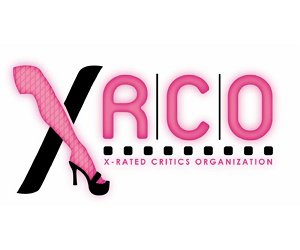Source: ABCNEWS.com
By: Geraldine Sealey

NEW YORK – A powerful politician opposes an avant-garde New York art exhibit featuring shocking pieces by European artists. The politician blasts the exhibit, calling it “anarchism in art.”
Sound familiar?
Actually, this scenario does not describe the current conflict between New York Mayor Rudolph Giuliani and the Brooklyn Museum of Art over the upcoming British exhibit “Sensation,” which features a black Madonna sprinkled with elephant dung and pictorial cutouts of genitalia.
Instead, the year was 1913 and the politician in question was Theodore Roosevelt.
At issue was the groundbreaking 69th-regiment Armory Show held in New York City to showcase an estimated 1,600 pieces representing avant-garde movements in Europe.
Among the pieces was Marcel Duchamp’s Nude Descending a Staircase, singled out by critics like Roosevelt as symbolizing the degeneracy of modern art. Despite hostile critics, the Armory Show aroused public curiosity and became one of the most important art exhibits ever held in the United States.
Indeed, the current flap over the Brooklyn Museum of Art is nothing new, art historians say. Instead, tension and conflict have been common in the relationship between art and politics through the years in America, especially when public funding is at stake.
Why Here? “Every time in the history of the United States when there’s been public funds expended on the arts, someone in government has taken the purse strings and attached conditions,” said Steven Dubin, director of the Media, Society and the Arts Program at Purchase College, State University of New York.
Since the late 1980s, we’ve seen the controversies over National Endowment for the Arts funding for Andres Serrano’s Piss Christ, Robert Mapplethorpe’s homoerotic photography and the performance art of Karen Finley.
But why is this common in the United States, home of the First Amendment?
According to Peter Hales, professor of art history at the University of Illinois at Chicago, the conflict has two facets.
First, he says, art museums in America have been viewed largely as reflective of the democratic will – representing the majority, not the fringe. Any artwork that strays from the most common denominator is a potential target for public ire.
“This is very different from European cultural institutions, which are seen by their traditions as having a function to challenge and to interject, to query,” he said.
The Politics of Art But a more disturbing factor, Hales said, is the inclination of some modern political figures to curry favor with the public by targeting those art exhibits not deemed acceptable to the mainstream.
“There’s a tendency of American politicians to exploit the anti-intellectual suspicion of the arts as elitist to gain votes,” he said.
Dubin agrees.
“There’s an enormous cynical element,” he said. “Most politicians don’t care about art. It provides a lightning rod. It’s a very visible target.”
Giuliani and other politicians, of course, see their pursuit as anything but cynical. To the mayor, if the Brooklyn exhibit is offensive to some – Catholics, for example – it should not receive public funds.
“If somebody wants to do that privately and pay for it privately, well, that’s what the First Amendment is all about,” said Giuliani, who is expected to run for the U.S. Senate. “But to have the government subsidize something like that is outrageous.”
In the Brooklyn case, the museum has filed a lawsuit claiming its First Amendment rights are being violated by the city’s pledge to cut $7 million of its funding. But it is unclear whether the government actually has the right to strip funds from exhibits it considers offensive, legal experts say.
Case law in this area is uncomfortably murky. There have been three Supreme Court rulings related to this matter since 1991, but the court’s standard is less than clear. The Brooklyn case may help clarify the law in this area, but probably not entirely.
“In the absence of case law,” said Robert O’Neil, professor of law at the University of Virginia, “we are inevitably subject to debates and disputes of the type that’s now going on and will be for some time to come.”

















